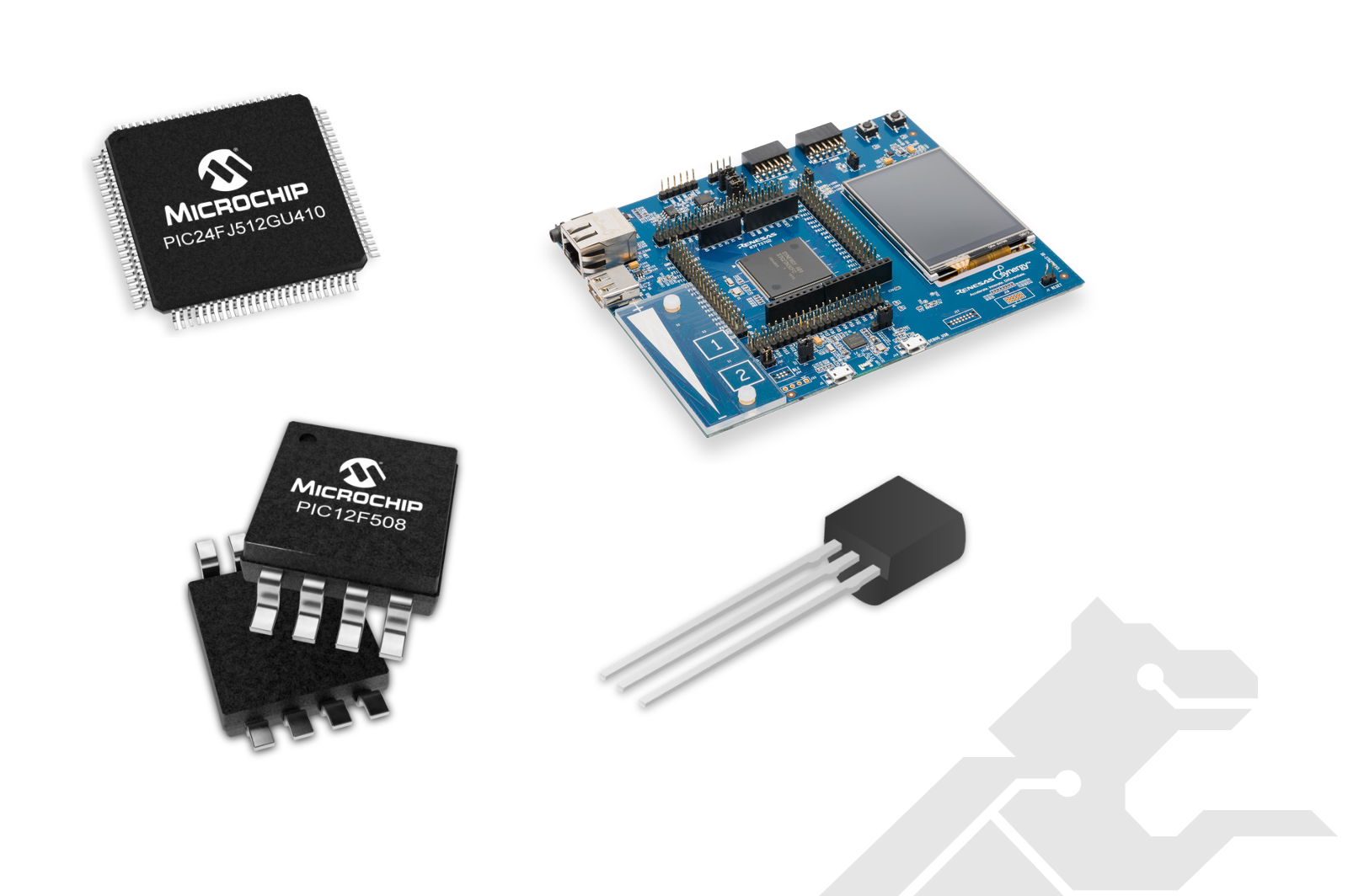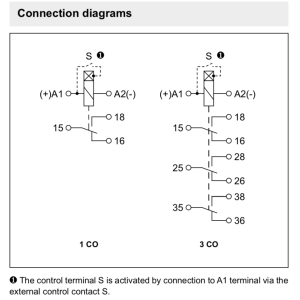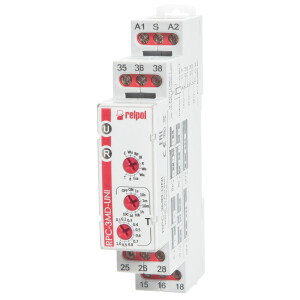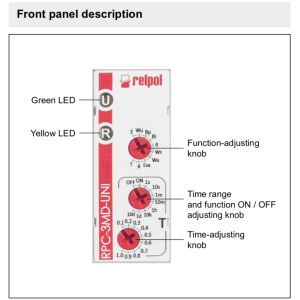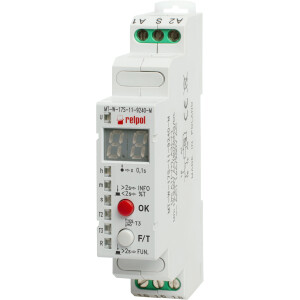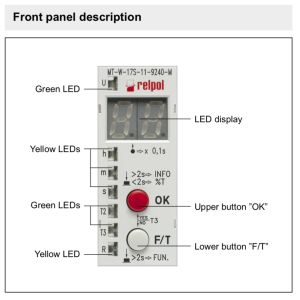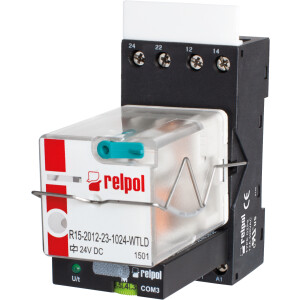Time Relays
Items 1 - 4 of 4
from
21,96 € *
| Quantity | Single price |
|---|---|
| 1 | 21,96 €* |
| 5 | 20,86 €* |
| 10 | 19,76 €* |
- 22 pcs. In stock
-
Delivery time: 2 - 4 Workdays (Other countries)
from
27,20 € *
| Quantity | Single price |
|---|---|
| 1 | 27,20 €* |
| 5 | 25,84 €* |
| 10 | 24,48 €* |
- 12 pcs. In stock
-
Delivery time: 2 - 4 Workdays (Other countries)
from
39,87 € *
| Quantity | Single price |
|---|---|
| 1 | 39,87 €* |
| 5 | 37,87 €* |
| 10 | 35,88 €* |
- 1 pcs. In stock
-
Delivery time: 2 - 4 Workdays (Other countries)
from
71,34 € *
| Quantity | Single price |
|---|---|
| 1 | 71,34 €* |
| 10 | 64,21 €* |
| 20 | 60,64 €* |
- Must be ordered. Ready for shipment in 112 days after order.
-
Delivery time: 114 - 116 Workdays (Other countries)
Items 1 - 4 of 4
What functional types of time relays are there?
The respective type of time relay includes specific functions and was developed for different areas of application. We have listed the most important types of time relays in the overview below.- As soon as voltage is applied to a relay with on-delay, the time delay begins and the process is initiated after the time delay has elapsed. Relays with a switch-on delay are used, for example, in burglar alarms. Here, a switch-on delay relay ensures that authorized persons have sufficient time to deactivate the security system before the alarm is activated.
- The time measurement of the off-delay relay starts after voltage is applied and switches off the process after the time period has elapsed. Time relays with a switch-off delay are used in stairwells. After someone climbs up or down the stairs and presses the switch, the light stays on for a few seconds before turning off. This allows enough time to safely exit the stairs.
- Single-shot timer or one-shot timer relay reacts only once to the trigger and initiates the action after the time period has elapsed. One-shot timer relays are used in industrial automation on production lines. They ensure that only a single assembly operation takes place after each triggered test process. The assembly is activated once after receiving the start signal and then stops until a new start signal is sent.
- Turn signal timer relays specialize in periodically turning on and off or flashing, such as lights or indicator lamps. In a vehicle turn signal, you activate and deactivate the direction indicator at the desired interval. In emergency lighting systems, turn signal timer relays flash the light at regular intervals, indicating that the system is functioning properly.
- Interval-on time relays or relays with a repeat cycle describe relays that switch on and off at regular intervals or execute a repeated cycle. In a heating system, an interval-on time relay can enable efficient heat distribution and temperature control. By activating and deactivating the boiler at regular intervals, it maintains the desired room temperature while optimizing energy consumption. Unlike the turn signal timer relay, a repeat cycle relay performs switching cycles continuously and is used in a wider range of applications.
- Multifunction time relays provide various timing functions in a single device. For example, they can include delay, pulse, cycle repetition and more. Its advantage lies in its versatility and the ability to combine different time functions in one application.
What should you consider when buying a time relay?
Before purchasing a time relay, requirements such as the time range, type of relay, power supply, mounting options and size must be taken into account.Selecting a suitable time relay in 4 steps:
- 1. First determine the required time range and delay time for your application. Depending on whether you need milliseconds or hours, this can have a decisive influence on your choice of time relay.
- 2. Next, you should select the appropriate type of time relay for your application. This depends on the desired accuracy, switching cycles and environmental conditions. Some time relays offer different operating modes such as delay, pulse or cycle repetition.
- 3. Check the time relay voltage requirements and ensure they are compatible with your existing power supply. We provide you with time relays and multi-function relays in the voltages 12V, 24V, 230V, with 1, 2, or 3 contacts.
- 4. Consider the available space and mounting options in your application. This way you can be sure that the time relay physically meets the requirements.

